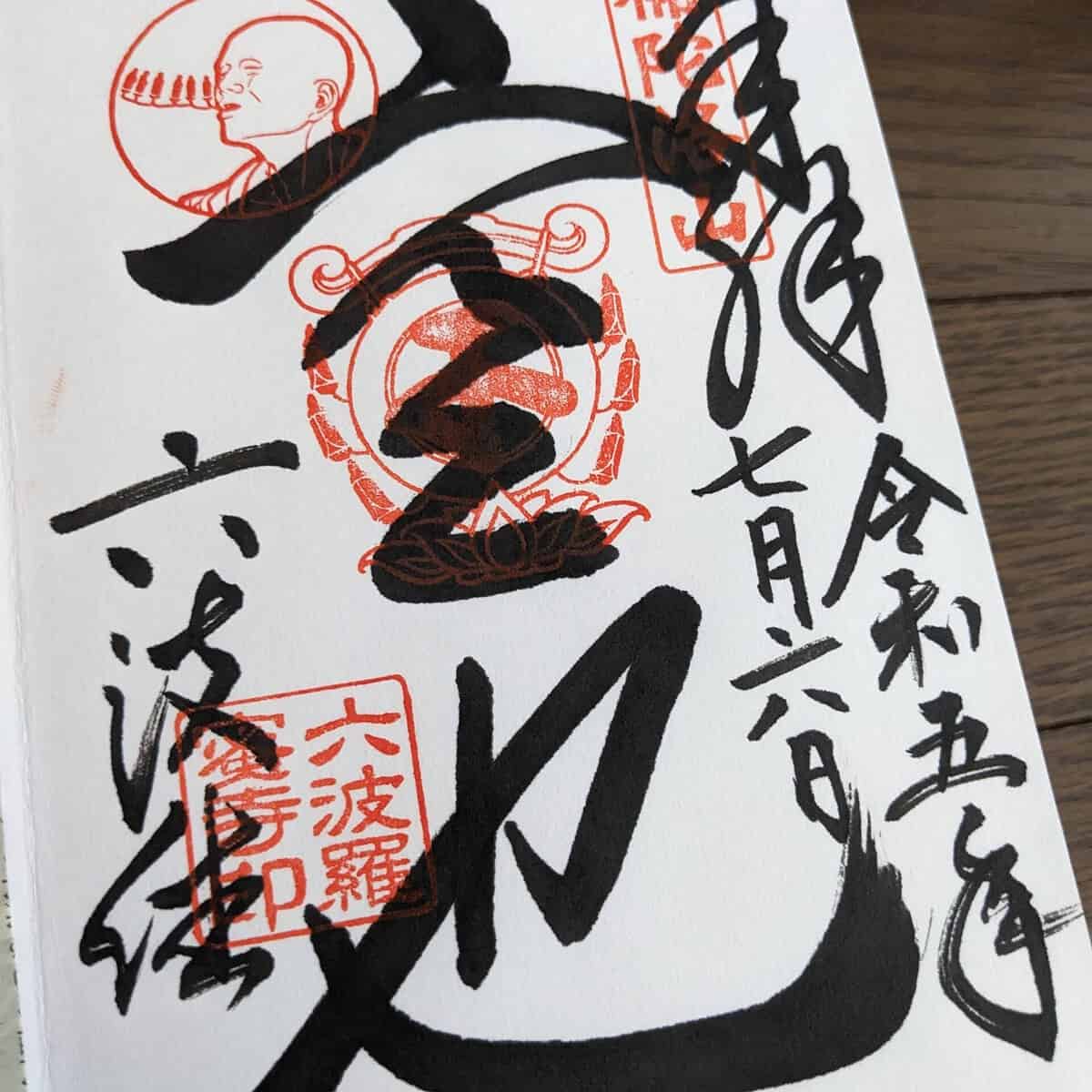Konnichiwa! What is Goshuin? This question arises when one encounters the captivating stamps known as Goshuin while exploring the sacred temples and shrines of Japan. As a curious traveler captivated by the beauty and cultural significance of Goshuin, I embarked on a journey to unravel its history, explore its meaning, and understand its connection to the revered Goshuincho stamp books.
Goshuin: A Glimpse into Japan’s Spiritual Heritage
What is Goshuin? Goshuin refers to the stamps or seals obtained at Buddhist temples and Shinto shrines throughout Japan, symbolizing one’s spiritual journey and serving as sacred mementos.
The Origins and Evolution of Goshuin
The history of Goshuin can be traced back to ancient Japan, where pilgrims would receive handwritten calligraphy or brushwork as proof of their temple and shrine visits. Over time, this practice evolved to include specialized stamps known as Goshuin, offering a more uniform and recognizable symbol of devotion.
The Significance and Symbolism of Goshuin
Goshuin holds profound cultural and spiritual significance in Japan, the land of the rising sun. Each Goshuin stamp carries the essence of the temple or shrine it represents, embodying its unique history, religious beliefs, and blessings. Through Goshuin, individuals forge a deep connection with the divine and the spiritual realm.
Goshuincho: The Sacred Vessels for Goshuin
Goshuincho, meaning “Goshuin notebook,” plays an integral role in the Goshuin tradition. These ornate stamp books serve as treasured repositories for collecting Goshuin stamps. Goshuincho often features beautiful covers adorned with intricate designs, reflecting the diverse artistic traditions of Japan.
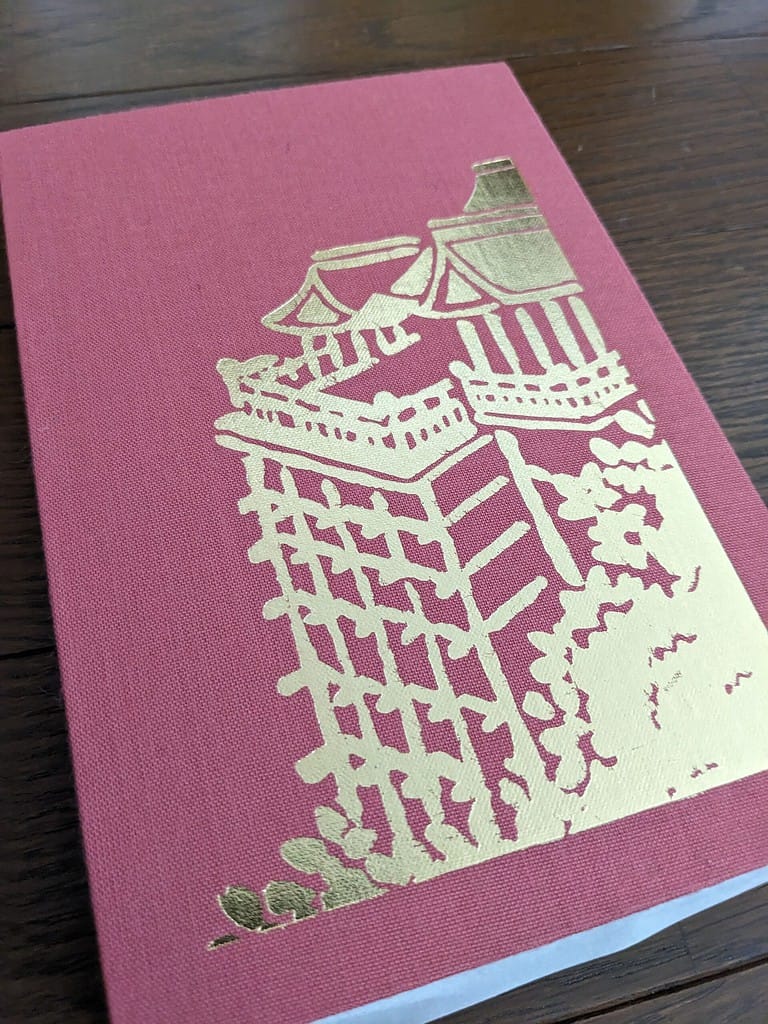
The Evolution of Goshuincho
Originally, pilgrims used scrolls or loose sheets of paper to collect their Goshuin stamps. However, during the Edo period (1603-1868), the use of bound books for Goshuin became prevalent, providing a more organized and portable way to safeguard these spiritual treasures.
Acquiring Goshuin: Rituals and Etiquette
To obtain Goshuin, one must visit a temple or shrine and present their Goshuincho to the priest or attendant. Along with an offering, typically a monetary donation, the priest will inscribe the Goshuin stamp using sumi ink and may include blessings or prayers. This exchange symbolizes respect, gratitude, and a spiritual connection.
Goshuin as Souvenirs and Keepsakes
Goshuin stamps not only serve as spiritual tokens but also as cherished souvenirs and keepsakes. Each stamp carries memories of the sacred sites visited, the experiences encountered, and the personal journey embarked upon. Goshuincho becomes a tangible testament to one’s spiritual quest. The goshuin below were acquired from various Shrines such as Kinkaku-ji on our recent trip to Kyoto.
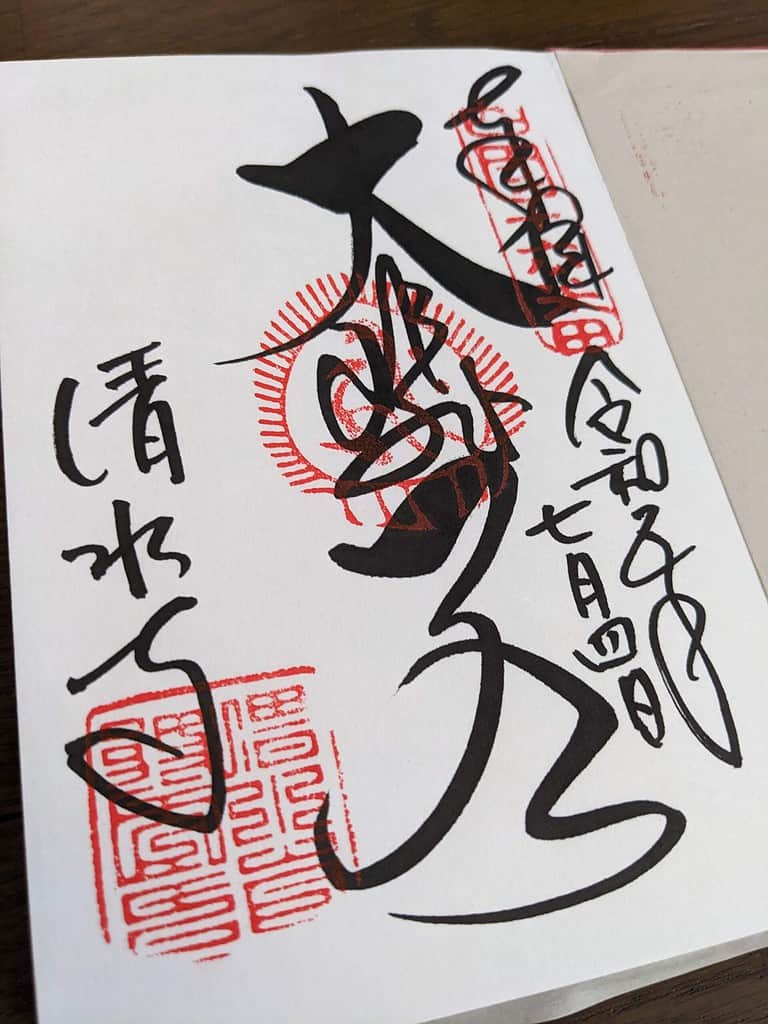
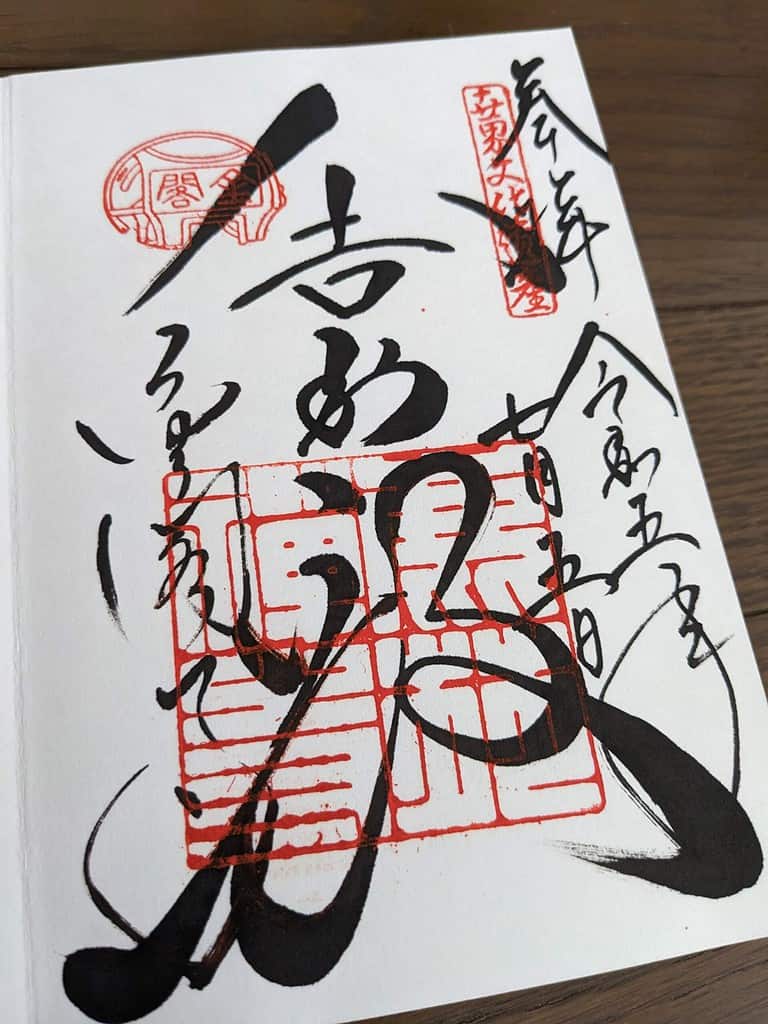
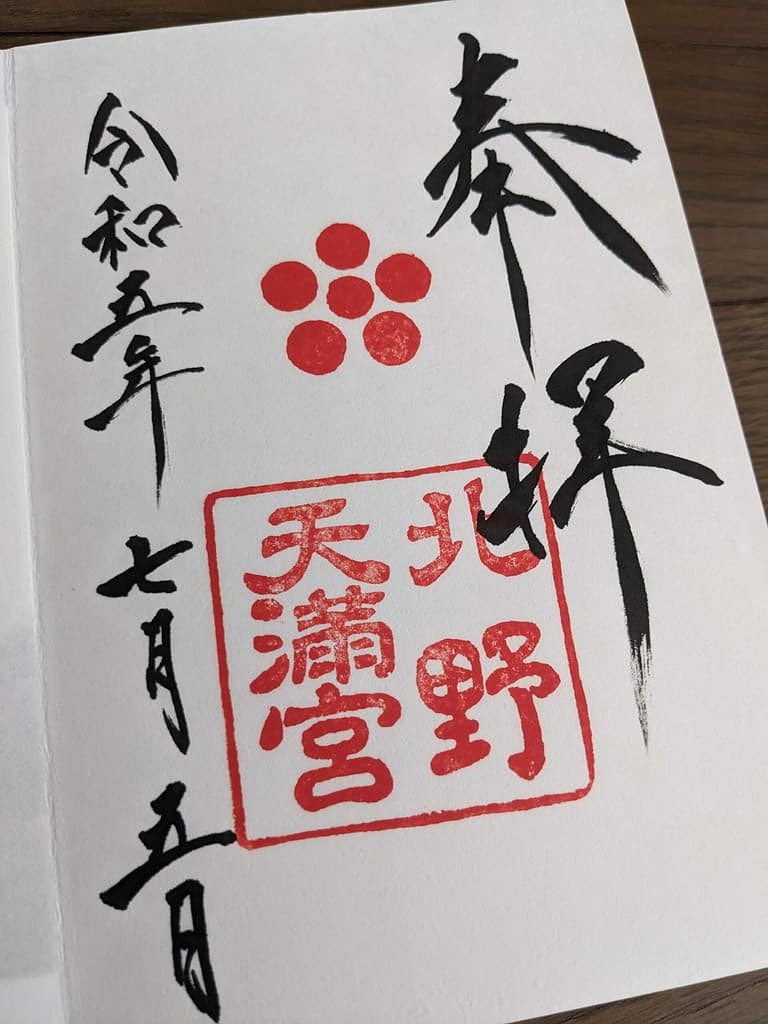
Preserving and Displaying Goshuin
Caring for Goshuin stamps is of utmost importance to maintain their integrity and vibrancy. Storing Goshuincho in a protective case or cloth bag helps shield it from sunlight and moisture. Some enthusiasts even frame individual Goshuin stamps or create displays to showcase their collection.
Goshuin in Contemporary Japan
While deeply rooted in tradition, Goshuin continues to thrive in modern Japan. Many temples and shrines now offer unique Goshuin designs, attracting both local devotees and international visitors. This resurgence showcases the enduring appeal and relevance of Goshuin in today’s society.

Planning a trip to Japan?
Summary
So, what is Goshuin? It is a tangible embodiment of spiritual exploration, cultural heritage, and personal devotion. Goshuin stamps bridge the gap between the sacred and the individual, capturing the essence of Japan’s spiritual traditions. Collecting Goshuin and preserving them in Goshuincho creates a lifelong connection with Japan’s rich spiritual heritage. As you embark on your own Goshuin journey, may it deepen your understanding of Japanese culture and nurture your spiritual growth.

